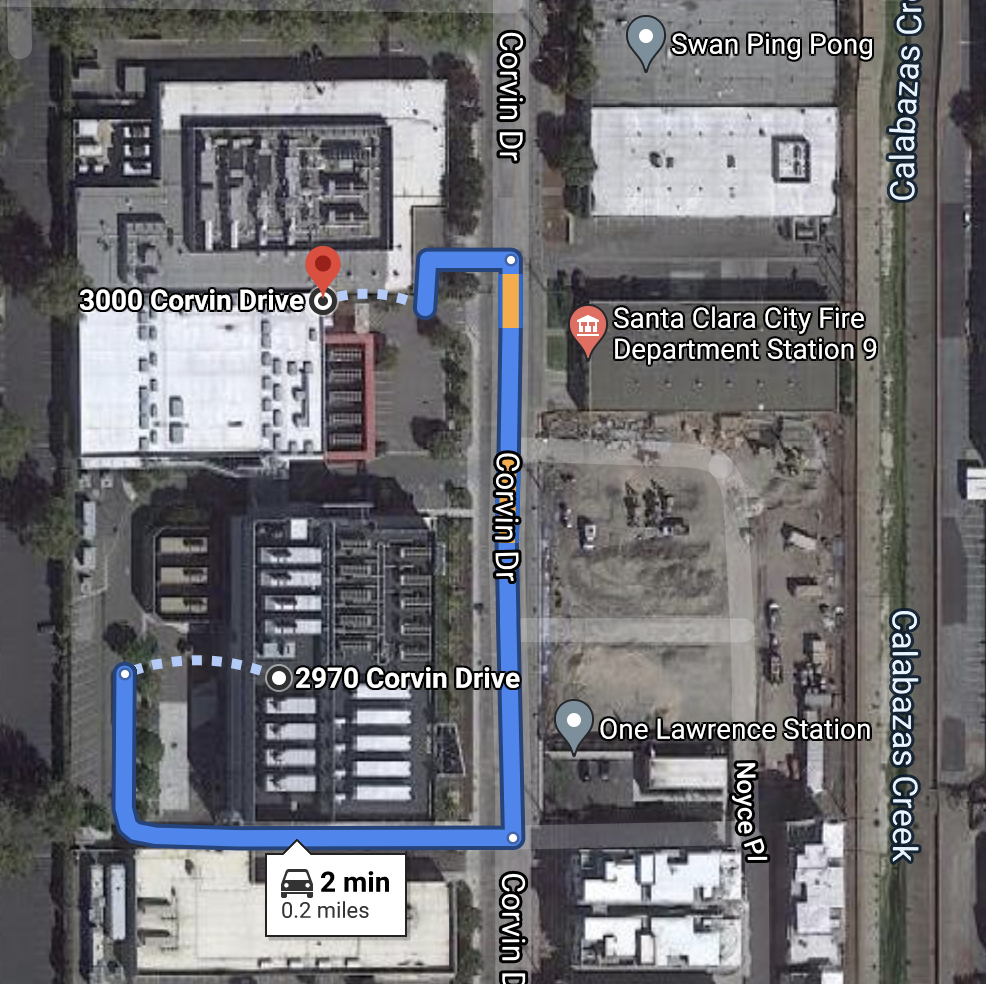Under the Hood: Unlocking Simplicity with Metros
In this post, we’ll dive into our new Metros feature: what it means, how it works, and why it’s a big shift under the hood that most users may never notice.

Last year we kicked off an aggressive expansion plan.
The first goal was to bring our platform to Equinix’s IBX data centers, unlocking new capabilities like integration with Equinix Fabric and Network Edge. The second goal was to offer greater global reach, including hard-to-access markets like Sao Paulo, Seoul, and Madrid. Add in the need to deploy in multiple buildings within most metros (think New York, Singapore, Silicon Valley, and Washington DC) and pretty soon we were on track to expose dozens of facilities to customers.
The thing is, with super low latency between every building in an Equinix campus, most customers don’t really care if their infrastructure is in SV15, or a few hundred feet away in SV16. They just need to be in “Equinix” Silicon Valley, with access to all the amazing ecosystem participants and connectivity features the campus has to offer.

To help users have a simpler and more scalable experience, we've shifted our model to group various data centers within a region into a “metro.” While moving away from a focus on individual facilities sounds mundane, making it happen at the networking level was the critical factor.
Here’s what we did.
Aligning with Equinix on metros
Most cloud providers, like Amazon Web Services, focus attention on broad geographic regions with names like US-East, US-Central and US-West. Since our focus as a company has always been around aggregating networks in close proximity to each other — and to end users — we’ve built data centers very close to each other within a metropolitan area, and connected them via low latency fiber paths. In this way, it takes only a simple physical (or now virtual) cross connect to reach any other tenant throughout a campus.
Currently Equinix has data centers in 63 “metros” which are named for the nearest big city. Take for example our original Washington DC campus, which is located in Northern Virginia and has over a dozen buildings. Due to the huge density of interconnections, it is often called the physical center of the internet.
In addition to new deployments at various Equinix IBX data centers, Equinix Metal also has a good number of environments built under the Packet name. When building within a similar metro (such as Washington DC), these locations are all in very close proximity to each other, separated by as little as 1 millisecond but never more than 5 milliseconds of latency.
Instead of referencing IAD1 or IAD2 (legacy Packet facilities) or DC11 or DC13 (new Equinix facilities), users can now simply interact with our “DC” metro, which aggregates all of these buildings into one logical metro concept.
Users can now manage a server in either the New York (NY) or Silicon Valley (SV) metro without worrying about specific data centers.
How networking works within the metro
In moving to this new construct, we needed to extend our various networking features to work seamlessly across facilities within a Metro.
Let's say you're starting a project on Equinix Metal. When you provision a server, you get a private IP address, drawn from a /25 allocated to each project, allowing servers within a project to communicate privately. Historically, servers could only communicate with each other over this private IP if they were in the same facility. We’ve now expanded this capability to intra-metro traffic, which means that your private IP address can link servers in two different facilities in the same Metro, allowing them to talk to each other.
Connections, big and small
As many of our sales reps like to say: come for the metal, stay for the interconnection!
With Metros, customers have unfettered access to Equinix’s interconnection services, meaning you can tap into features like Equinix Fabric from any facility within a metro, not just those where you have servers physically provisioned. This makes it easier than ever to connect privately to the thousands of clouds, service providers, and enterprises that meet on Platform Equinix.
On a smaller scale, one of our most heavily utilized networking “creature comforts” are Elastic IPs. With Elastic IPs, you can reserve a block of public IPv4 addresses and configure freshly deployed servers to leverage them — no need to update IP addresses when swapping out servers. With Metros, Elastic IPs float between facilities, so you can assign them to servers across the entire metro. Pretty nice, eh?
In the past, provisioning a VLAN (aka virtual local area network) would only work between servers in the same facility. Again, with Metros, we’ve stretched things out, and newly created VLANs can be extended to servers anywhere in a Metro. This is super convenient, such as if you’re migrating from a legacy site like EWR1 to shiny new hardware throughout NY metro, perhaps located in Equinix NY5 or NY7. But then again, that’s a detail you may don’t have to worry about any more. :-)
Long story short, Metros help us by giving us the ability to deploy into any Equinix IBX within a campus and help you by keeping things simple.